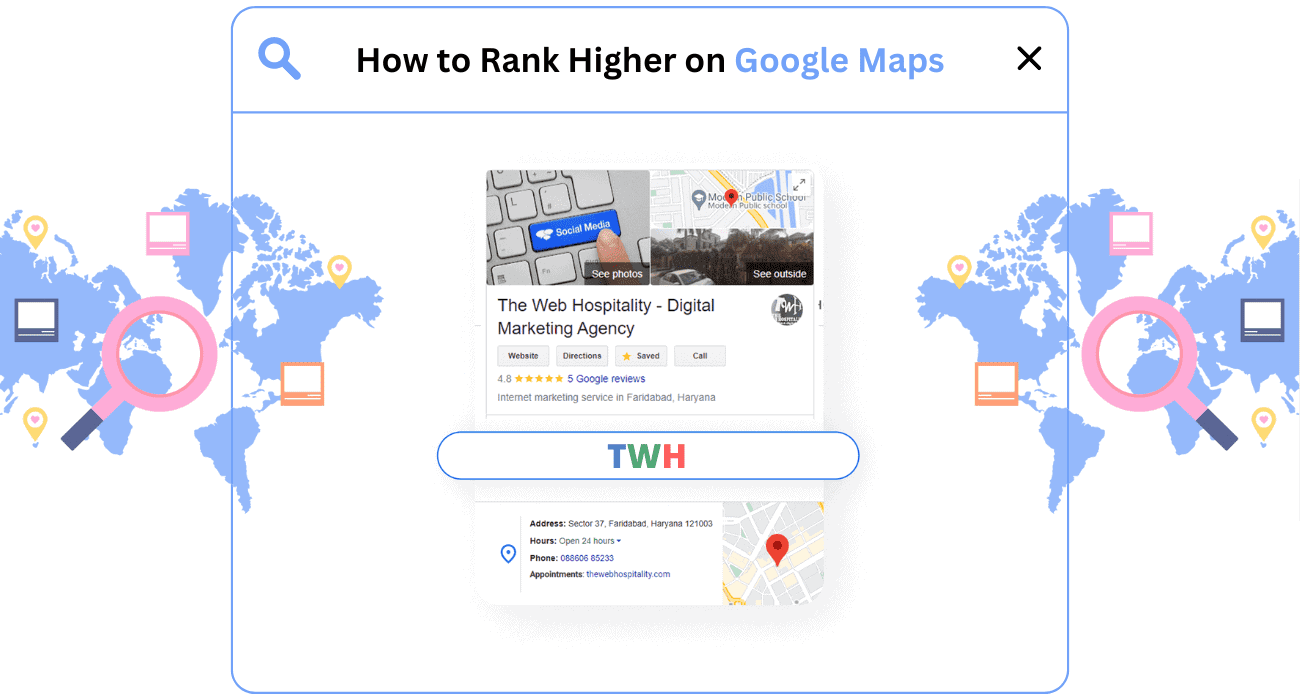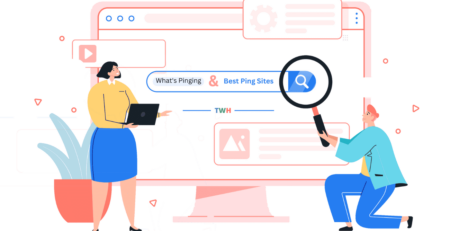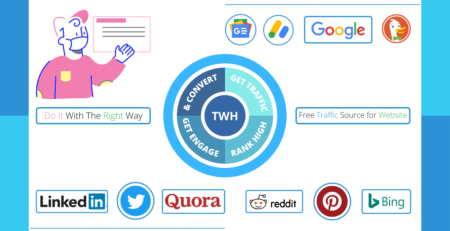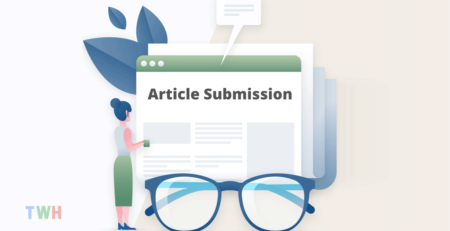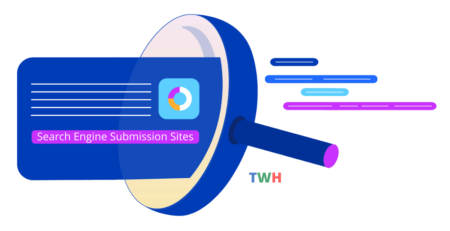Last updated on July 15th, 2025 at 03:00 pm
The Ultimate Guide to Acing Google Maps SEO in 2025
In the jam-packed industry of online marketing, Google Maps offer the perfect opportunity to target the right audience.
In this article, I’ll take you through everything you need to know about Google Maps SEO – the local ranking factors and how to rank higher on Google Maps.
You’ll also get answers to some frequently asked questions about ranking better on Google Maps.
Why Rank Higher on Google Maps Pack?
Increased Visibility: Optimizing your business on Google Maps will make it easier to be found by potential customers.
It will result in enhanced visibility and a boost in website traffic.
Enhanced Credibility: Customers are more likely to trust businesses with a presence on Google Maps, as it’s a sign that you’re reliable and established.
Improved Rankings: Optimizing your business for Google Maps SEO can help improve local ranking on Google, as Google takes into account location-based signals when ranking websites.
More Opportunities: By optimizing your business on Google Maps, you open up the opportunity to be featured in local listings and other features, such as “near me” searches.
The 3 Main Ranking Factors for Google Maps
Here’s all about it.
Relevance: It determines how closely a business aligns with the search query. It all boils down to the category and subcategories of your business.
Distance: Google aims to display the closest businesses to users, ensuring they don’t have to travel too far to reach their desired destination.
If you exist in multiple locations, make sure you add all of them.
Prominence: Prominence is determined by the business’s reputation, through factors like organic positions in search engine results, reviews and ratings on Google My Business (GMB), and backlinks.
Step-by-Step Guide to Rank on Google Maps
1. Add Your Business to Google Maps
To achieve better rankings on Google Maps, the first step is to create a listing on Google Maps. Here’s how to do it:
- Visit google.com/maps or open the Google Maps app on your smartphone. Search for your business name.
- If your business name appears in the drop-down menu with a location next to it, you already have a listing. Move on to the next section.
- If your business name is not listed, you will see an option in the drop-down menu to “add a missing place.”
Click on that option and you will be prompted to provide your business name, category, and location information.
2. Claim Your Business Listing on Maps
The next step in improving your business’s ranking on Google Maps is to claim your listing.
While creating a listing allows you to provide basic information such as name, category, and location, claiming your listing enables you to provide more detailed information about your business.
For this, you’ll need a Google My Business account.
3. Optimize Your Business on Google My Business (GMB)
When you click on “Claim this business” in the Maps pop-up, you’ll be redirected to Google My Business.
Diligently fill out each line and section to complete your listing.
4. Get Reviews on Your Listing
Encourage your clients to leave reviews by launching a social media campaign, offering discounts, or simply sending them an email requesting their opinion and rating of your business.
It’s worth noting that reviews have their own set of ranking factors.
- Review score: Google sometimes goes beyond the star rating and conducts sentiment analysis experiments.
- Quantity of review: Having more reviews generally works in your favor.
- Keywords in reviews: Encourage customers to include the desired keywords, and consider asking for reviews specifically about certain products or services you offer.
Don’t ignore negative reviews but respond to the customer, apologize for any negative experience, and address their concerns.
Being on Google Maps is also about positioning your business right.
6. Build High-Quality Backlinks
When aiming to enhance your visibility in local search results, it is important to prioritize both thematically and locally relevant backlinks.
To discover link-building prospects, I suggest starting with neighboring businesses.
Then, consider reaching out to your business contacts, such as partners, suppliers, and customers.
Even if a business lacks shared characteristics with yours, except for the location, a backlink from their website can still signify a “connection” to that particular area.
This can ultimately have a positive impact on your local rankings.
7. Update Your NAP
The Name, Address, and Phone number (NAP) of your business represent crucial pieces of information that are essential to identify and contact your business.
The consistency of these details across all online mentions of your business instills confidence in Google’s assessment of your business.
Run a comprehensive audit to ensure consistency throughout platforms like Yelp, Yellow Pages, and TripAdvisor, as well as local directories.
8. Opt for Google Maps Ads
Google Maps Ads provide a non-organic approach to promoting your business, offering an opportunity for acquiring traffic.
Running an ad on Google Maps presents the advantage of being positioned above other results.
Instead of your website, the ad directs searchers to your Google My Business (GMB) listing.
Some ways in which your pay-per-click (PPC) results can be displayed on Google Maps include:
A. Search Results Ads
Google Maps searches through mobile results in nearby businesses or services based on your current location and their ratings.
To achieve top placement in these map results for a specific area, Google Maps provides the option for paid local search listings.
Opting for these listings can significantly enhance a company’s click-through rate (CTR) compared to competitors, attracting a fresh influx of clicks.
B. Promoted Pins
Unlike search result ads, eye-catching pins stand out on the map without requiring users to conduct a specific search.
The appearance of the pins, including their color and style, depends on the type of business being promoted.
Additionally, businesses have the option to showcase their logo instead of using a standard icon, further enhancing their visibility.
C. In-Store Promotions
In-store promotions are displayed directly on businesses’ listings, informing users about special offers and promotions they are currently running.
These promotions can range from BOGO deals to discounts on specific products.
9. Track Google Maps Rankings
Monitor your Google Maps ranking through a rank tracker tool to ensure that your strategy is giving the results you need.
It will also help you build the right strategy for your future campaigns.
10. Keep Finding Ways to Rank on Google Maps
Don’t stop at these ways only. Always find new ways to rank high on Google maps.
Quick Tips to Rank Higher on Google Maps
1. Target Main Keywords in Google My Business
Include relevant keywords in your GMB business name to improve Google Maps SEO.
Ensure it matches your actual business name to avoid policy violations and listing suspension.
Some relevant keywords to include are locations you operate in, your services, and your products.
2. Choose The Correct Business Category
Choose a specific primary business category that represents your core offerings.
Add up to 5 additional categories to provide more information.
Google Maps provides a drop-down menu for category selection. However, no custom categories are allowed.
3. Local Citations
Get local citations from reputable websites with consistent NAP information to improve Google Maps ranking.
Monitor and clean up variations like Rd. vs Road to minimize volatility and maintain a strong citation profile.
4. Add Relevant and High-Quality Images
Adding high-quality and authentic images to your Google Maps listing boosts your SEO ranking.
It demonstrates activity, attracts customers, and prompts Google to display your images in local search results.
Without images, your ranking may decrease.
5. Social Signals
Signals from social sharing sites are your business’s social media presence. It may not impact your listing directly but helps to increase your visibility.
To rank higher in Google Maps, implement a strong social media strategy.
Post valuable content consistently across multiple social platforms, engage with your audience, and adapt based on their feedback.
6. Have an Optimized Website
Your website may not influence your Google Maps listing directly, however, ranking in the top three on SERP helps you appear in the top Google Maps results.
Wondering how to rank on local search engine, whether its Google, Baidu or any other?
Below are some actions you can take to optimize your website:
Add Local Keywords: You can simply add the name of the location you serve like “best seo agency in New York.”
Or, you can use a keyword research tool to find the best local keywords.
Embed a Google Map: Integrating Google Maps directly onto your website is an effective way to establish a connection between your business and its location.
You can highlight directions to your establishment from popular nearby landmarks such as airports, railway stations, and local attractions.
Optimize Website Responsiveness: Website responsiveness refers to the consistent functionality of a website across various devices and screen sizes.
Since the majority of Google searches are conducted on mobile devices, it is imperative to have a responsive website.
Add Schema Markup: By applying local business schemas to elements such as an address, opening hours, and social media profiles, you provide Google’s crawlers with crucial data that builds trust and improves your ranking in Google Maps.
7. Make Regular Posts on your Google Maps Listing
Regularly posting demonstrates active management and positively impacts your ranking.
Take advantage of Google posts to reach an engaged audience with your offers. Create posts in your Google My Business dashboard to stay active.
FAQ(s) about Google Maps SEO
Yes, it is possible to optimize your Google Maps listing even if you don’t have a physical storefront. Google allows businesses without a physical location to create a service area business listing.
Some common mistakes to avoid in Google Maps SEO include:
- Inconsistent or inaccurate NAP
- Neglecting customer reviews
- Keyword stuffing
- Neglecting Google My Business (GMB) optimization
- Inconsistent categorization
Conclusion
To effectively reach the desired audience, it is crucial to optimize not only the Google Maps listing but also the business website.
This is where the expertise of an SEO professional becomes valuable.
SEO marketers like me can assist in implementing the necessary optimizations to improve visibility, relevance, and overall performance.
So, what are you waiting for? Just connect with me and enhance your Google Maps SEO to attract and engage with the right audience now!

